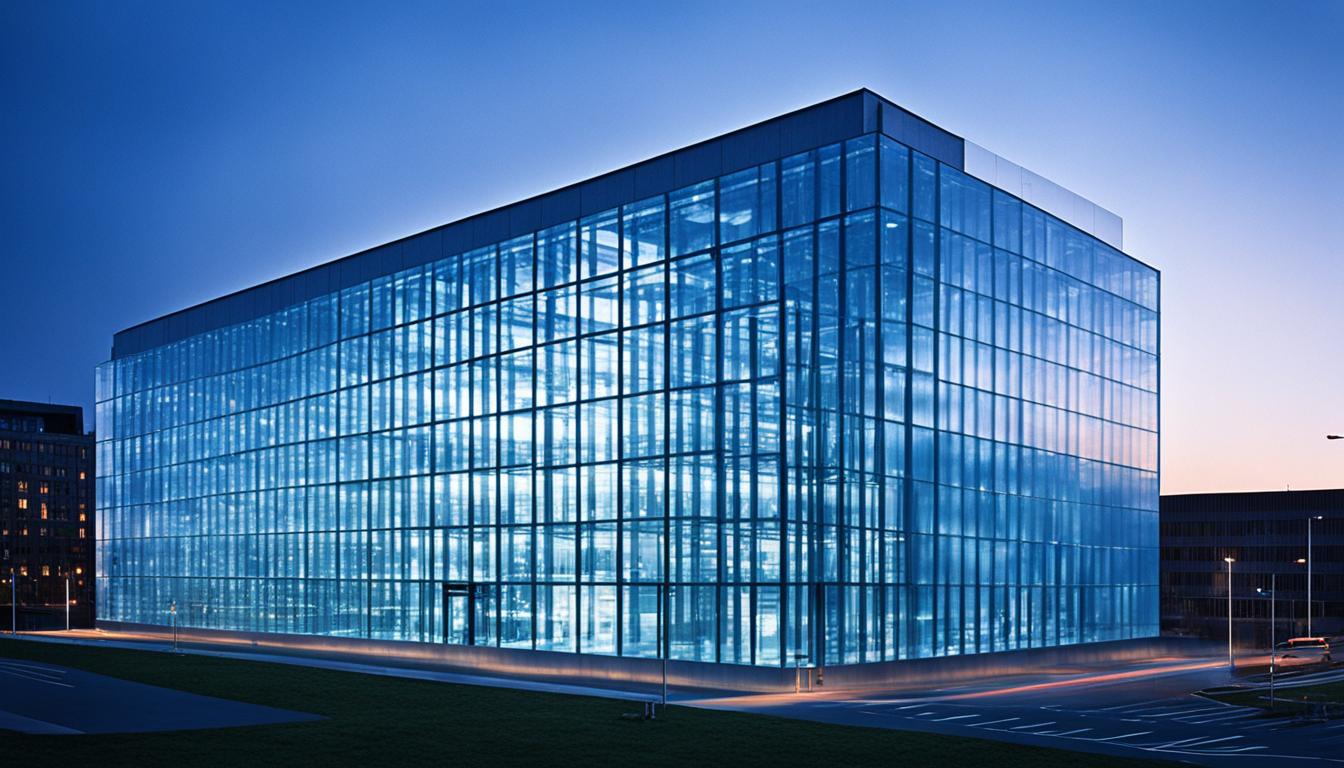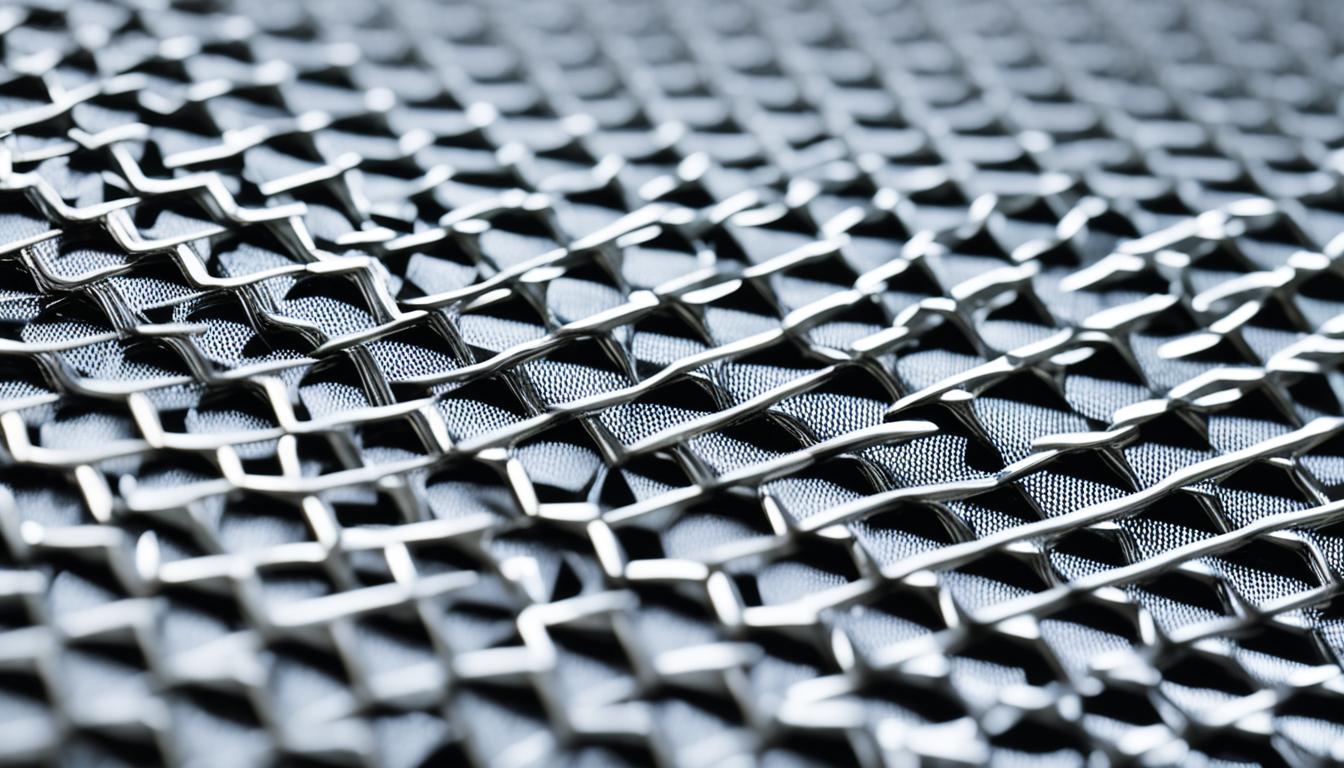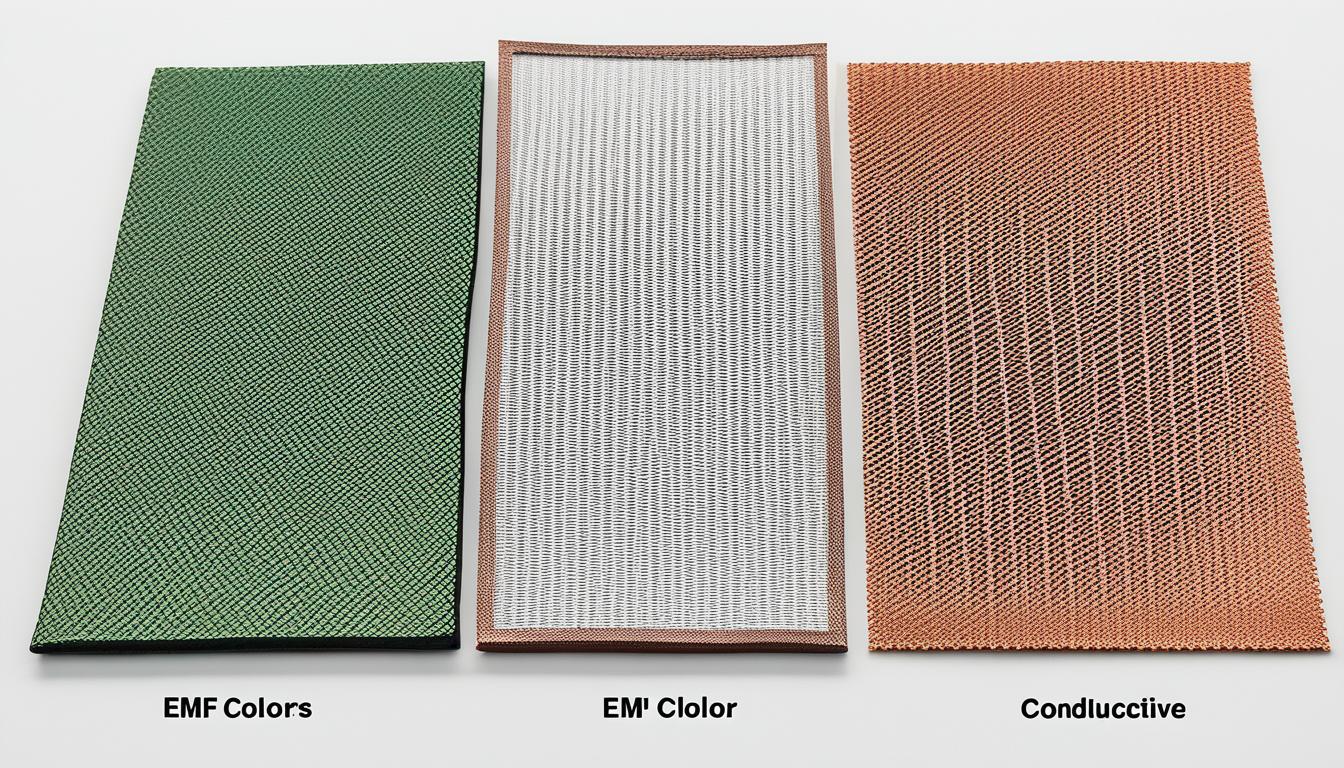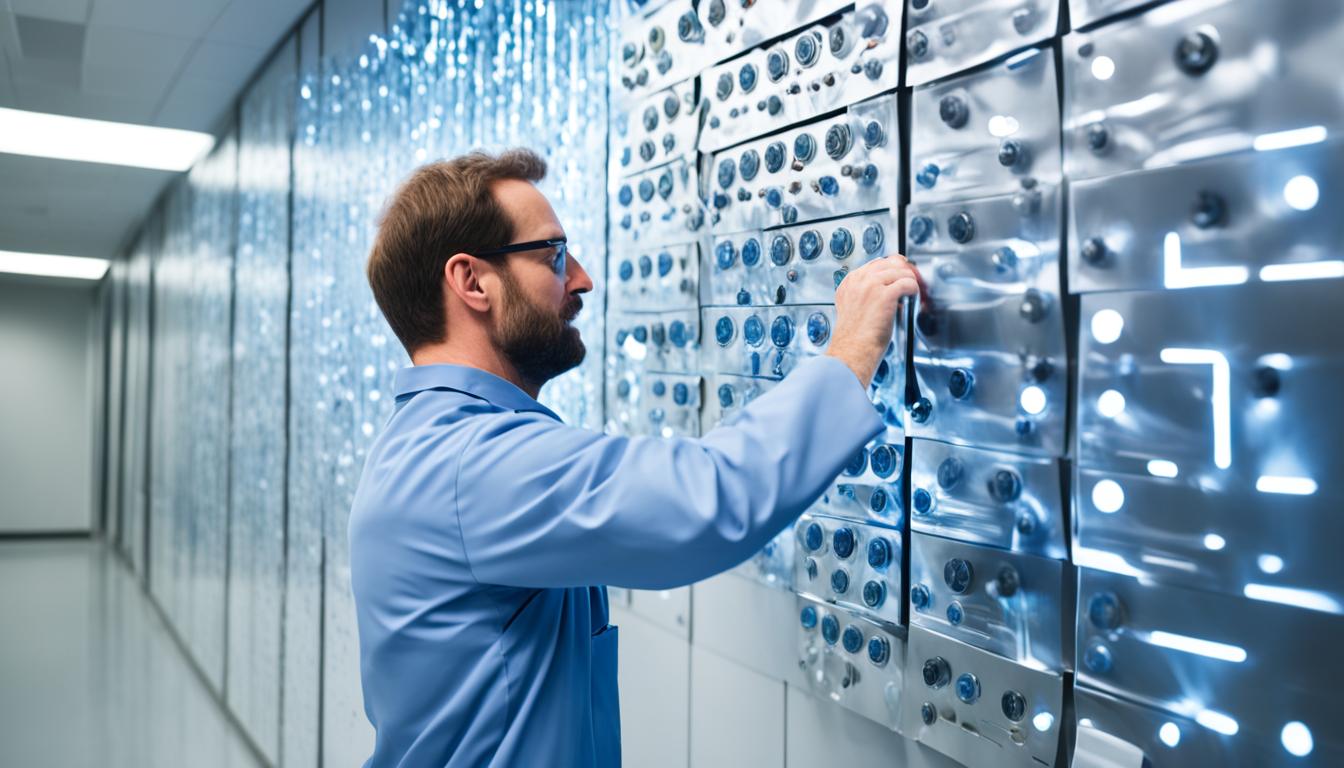Disclosure: This Post Contains Affiliate Links; We earn a commission on purchases.
Protecting people and equipment from the harmful effects of electromagnetic fields is a crucial consideration in construction. With the increasing prevalence of electronic devices and wireless technologies, the need for effective EMF shielding has become more important than ever. EMF shielding involves the use of innovative materials and construction practices to create a safer building environment.
Researchers have explored various materials for electromagnetic interference (EMI) shielding, including copper aluminum ferrite, reduced graphene oxide, and carbon nanotubes. These materials can be incorporated into polymer matrices or composites to effectively absorb and block electromagnetic waves. Active shielding systems that generate balancing fields can also be utilized.
Proper installation of shielding materials, such as copper sheets or steel plates, along with the use of filters and waveguides to protect penetrations, is crucial for effective EMF protection. It is also essential to consider shielding against ionizing radiation, which requires different materials like lead or high-density concrete to absorb the radiation.
Implementing the best practices and innovative solutions for EMF shielding in construction is vital for creating a safe and sustainable built environment.
Key Takeaways:
- EMF shielding in construction is essential for protecting both people and equipment from the harmful effects of electromagnetic fields.
- Researchers have studied a wide range of materials for electromagnetic interference (EMI) shielding, such as copper aluminum ferrite, reduced graphene oxide, and carbon nanotubes.
- Proper installation of shielding materials, such as copper sheets or steel plates, along with the use of filters and waveguides, is crucial for effective EMF protection.
- Shielding against ionizing radiation requires different materials, such as lead or high-density concrete, to absorb the radiation and ensure the safety of occupants.
- Implementing the best practices and innovative solutions for EMF shielding in construction is vital for creating a safe and sustainable built environment.
Electromagnetic Shielding in Buildings
Electromagnetic shielding is essential in buildings to protect sensitive devices from external interference and ensure accurate test results. This shielding technique effectively counters various forms of electromagnetic interference, including radio frequencies, magnetic fields, and electrical fields.
Passive shielding methods involve the use of metal sheets, such as copper, aluminum, or steel, to create a conductive barrier that blocks or absorbs electromagnetic waves. For containing magnetic fields, steel plates or silicon steel are commonly employed.
Active shielding systems provide continuous measurement and counteraction of harmful fields. By incorporating both passive and active methods, an effective shielding design ensures that all sides of a room are shielded, while penetrations such as electrical cables and air ducts are properly protected.
Quasi-static DC field interference, which arises from large moving metal objects in the earth’s magnetic field, poses a significant challenge when shielding sensitive equipment. Careful positioning is required to minimize its impact.
“Effective electromagnetic shielding is crucial for maintaining the integrity and performance of sensitive devices within the building.”
Implementing robust electromagnetic shielding in buildings serves as an assurance for maintaining the quality and reliability of sensitive devices. By employing proper shielding techniques, buildings can safeguard against electromagnetic interference, ensuring optimal performance and longevity.
Ionizing Radiation Shielding in Buildings
Ionizing radiation shielding is of utmost importance in healthcare and research facilities, as it ensures the protection of individuals from the harmful effects of radiation. The goal is to prevent the leakage of radiation from specific rooms or areas where procedures such as diagnostic imaging or radiation therapies are performed. Shielding against ionizing radiation involves a combination of time, distance, and absorption techniques.
Designing effective shielding systems requires the expertise of physicists who take into consideration the types of radiation and the appropriate materials for absorption. One commonly used material for radiation shielding is lead due to its high density, which effectively stops X-rays. Depending on the radiation dose, thicker lead shields may be required. In certain cases, lead-lined drywall, plywood, or bricks are used for enhanced protection.
Another option for shielding is high-density concrete, which can be augmented with additives to increase its mass and radiation-absorbing capabilities. This concrete variant provides an alternative to lead and offers effective shielding against ionizing radiation in buildings. Additionally, for neutron shielding, borated polyethylene is a lightweight material that can be utilized in moving objects like doors.
Proper design and implementation of ionizing radiation shielding are crucial for preserving the safety of building occupants and minimizing exposure risks. By incorporating suitable shielding materials and techniques, facilities can establish a secure environment that protects against the harmful effects of ionizing radiation.
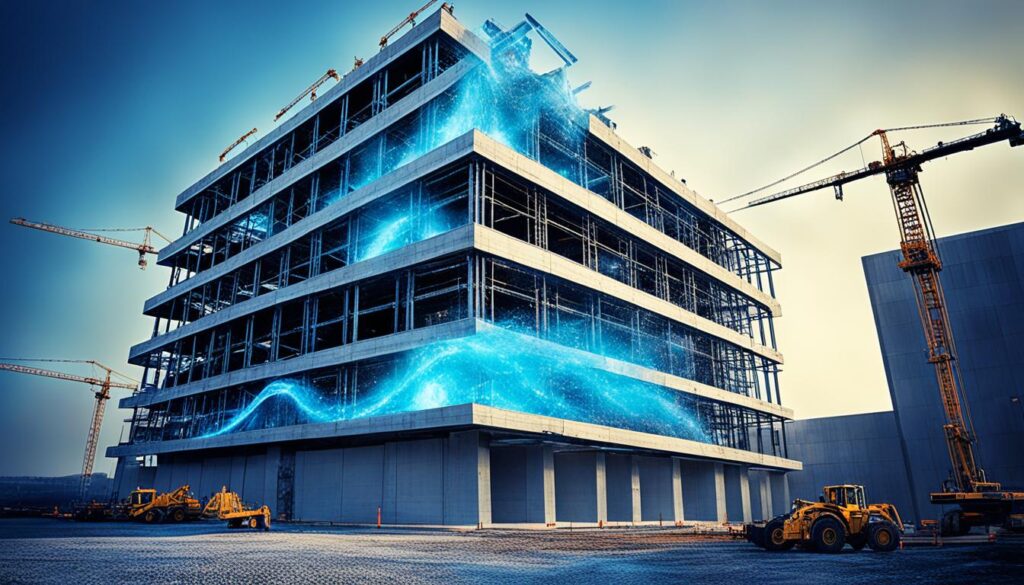
Comparison of Shielding Materials for Ionizing Radiation
| Shielding Material | Advantages | Disadvantages |
|---|---|---|
| Lead | High density, effective for stopping X-rays | Requires thickness for higher doses, heavy |
| High-density concrete | Provides an alternative to lead, can be augmented for increased mass | Requires careful design and construction |
| Borated polyethylene | Lightweight, suitable for neutron shielding | May not be suitable for all applications |
It is essential to consult experts in radiation shielding during the construction of healthcare and research facilities to ensure proper design and implementation, thereby safeguarding the well-being of occupants against the hazards of ionizing radiation.
Case Study: EMF Shielding in Aircraft Carrier Enclosures
A case study on EMF shielding in aircraft carrier enclosures reveals the practical application of innovative shielding solutions. The collaboration between the Aircraft Carrier Alliance (ACA) and CP Cases resulted in the design and supply of custom rackmount enclosures for QE Class Aircraft Carriers. The primary objective of these enclosures was to provide physical and electromagnetic security to network switches and connecting datacoms cables.
The enclosures were meticulously designed to protect the switches from various potential hazards, including vibration, impact, particle ingress, and electromagnetic interference (EMI). Onboard aircraft carriers, strong electromagnetic signals such as radar energy pose a significant challenge. To address this, the enclosures utilized materials and designs specifically developed for EMC/EMI screening, such as conductive foams and polyethylene, ensuring optimal shielding performance.
Efficient cable management rails and secure covers were incorporated into the design, simplifying equipment installation and maintenance. This comprehensive case study highlights the critical importance of implementing innovative EMF shielding solutions in specialized environments like aircraft carriers. By prioritizing electromagnetic field protection, the integrity and functionality of sensitive equipment and communication systems can be assured.

“Implementing comprehensive EMF shielding solutions is crucial for protecting sensitive equipment and communication systems in specialized environments like aircraft carriers.”
Key Takeaways:
- The collaboration between the Aircraft Carrier Alliance (ACA) and CP Cases resulted in the design and supply of custom rackmount enclosures for QE Class Aircraft Carriers.
- The enclosures offered physical and electromagnetic security to network switches and connecting datacoms cables.
- Materials like conductive foams and polyethylene were used to ensure optimal EMC/EMI screening and shielding performance.
- Efficient cable management rails and secure covers were incorporated for simplified installation and maintenance.
- The case study emphasizes the significance of comprehensive EMF shielding solutions in environments with sensitive equipment and communication systems.
Conclusion
EMF shielding solutions are vital in construction to ensure the safety and optimal performance of both individuals and equipment. By utilizing innovative materials, including copper aluminum ferrite, reduced graphene oxide, carbon nanotubes, and conductive foams, effective electromagnetic interference (EMI) shielding can be achieved. It is essential to prioritize the proper design and installation of shielding systems, incorporating both passive and active methods, to maintain the integrity of sensitive devices.
When it comes to shielding against ionizing radiation, careful material selection is key. Lead, high-density concrete, and borated polyethylene offer reliable options for absorbing and containing radiation. Additionally, real-world case studies, such as the successful application of EMF shielding in aircraft carriers, provide valuable insights into the practical implementation of shielding solutions in specialized environments.
By embracing best practices and leveraging innovative technologies, construction professionals can create a safer and more reliable built environment. Prioritizing electromagnetic field protection through effective EMF shielding practices not only safeguards the well-being of occupants but also fosters a sustainable and resilient construction industry. Through continued advancements in EMF shielding solutions and construction practices, we can collectively enhance the safety and functionality of our built environments.
Source Links
- https://www.ncbi.nlm.nih.gov/pmc/articles/PMC8838001/
- https://cpcases.com/news/what-is-electromagnetic-shielding
- https://www.archtoolbox.com/shielding-in-buildings/

Subscribe to Our Newsletter

